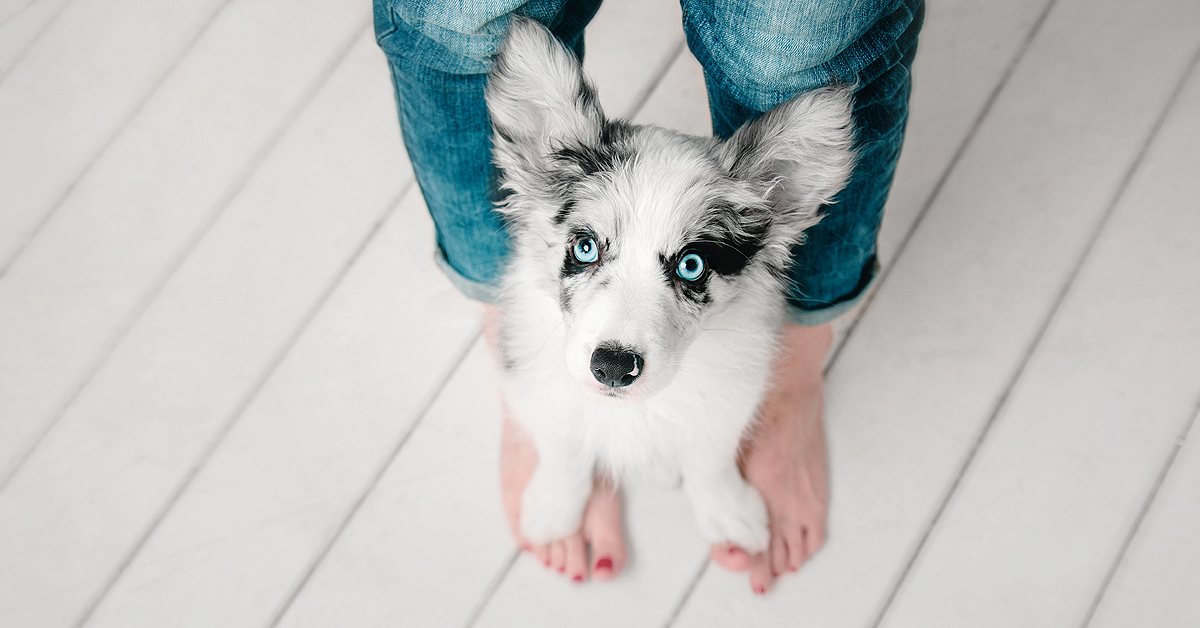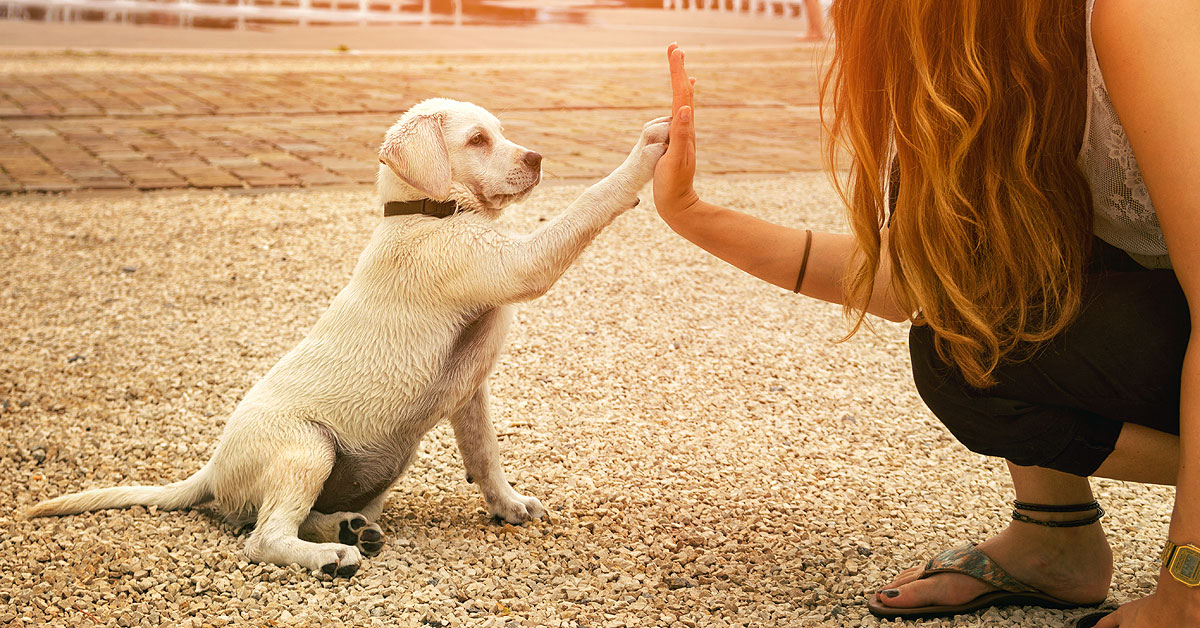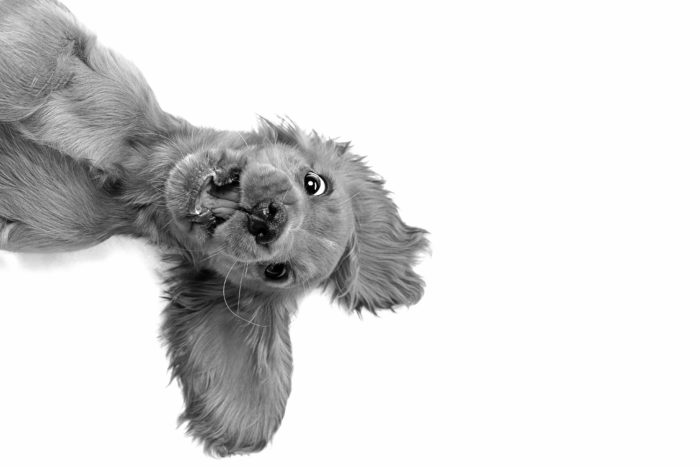Moves on the go!
Teach your puppy watch, touch and a rock solid recall and hone these moves as you go on outings together. All of these behaviours have something in common. They reorient the pup back to you. This is helpful for building attention or asking for attention from your dog when you need it. On the go is a perfect time to perfect your pup’s moves. You have built-in distractions from mild, moderate and more. You can decide when and where your pup is ready for practice.
Adventures that present you with opportunities to play these games may range from hikes, walks in your hood, or errands in your hood while you are waiting with your pup for your shopping partner to return, romping on the beach, long-line park play or even while you are waiting for the light to change on a city street corner.
As with all of the behaviors you teach your pup, start at home in a distraction free zone, add distractions then take it on the road.
These are simple, fun, practical moves. With your pup proficient in these behaviors you will come to rely on them over and over again in lots of situations.
Watch
What’s not to love about the ability to get your pup to give you attention when you ask? There are so many situations where this cue will come in handy. Once you’ve got your dog’s attention that is when you are able to communicate in a clear way. You many want to get your pup to move in a different direction, to get him to look away from trash on the street, to pay attention to some training or a game or just for fun and a chance to pay him.
The goal behaviour is that your pup looks at your face, into your eyes, when you cue him to watch.
How to Teach Watch
1. Use a clicker or verbal marker.
2. Count out 30 treats. (soft, tiny and yummy to your pup)
Tip
Use a counter, table or ledge to keep your treats on. Between treats keep your hands still, at your belly button or on your lap, so your pup doesn’t get distracted and focus on your hands. We want him looking into your eyes.
3. Set a timer for 2 minutes.
4 When your pup looks at you click and treat or say ‘Yes’ or ‘Good’ and treat.
5. Practice this a few times per day
6. When your pup is consistently looking at you add a verbal cue such as ‘watch’ or ‘look’ just before he looks up.
Tips
For a tiny pup it is sometimes easier to start this game while you are sitting on the floor.
If your pup isn’t offering you the behavior you can prompt him with a cluck or a kissing sound for a couple of repetitions to get the behavior started.
7. Add distractions. Keep in mind you want your pup to look at you no matter what the distraction. When you are adding distractions go slow and steady. Build on previous successes.
Tip – distraction ideas
• Stand with your arms open wide and wiggle your fingers.
• Stand with your foot on a squeaky toy, give it one little squeak.
• Build towards repetitive squeaks.
• Have someone walk through the room.
• Have someone bounce a ball from a safe distance away.
When you feel like the behavior is on cue with your distractions added it’s time to practice in public.
Touch
Teaching your pup to touch your hand with his nose is helpful for many reasons. It gives you a way to move the pup around hands-free (as in you don’t have to manhandle your dog into position). It can help redirect your puppy back to you. You can use your hand as a target to teach your dog how to sit, down and stand. You can use it to teach your pup to greet new people by having him touch the back of a person’s hand, very helpful for shy dogs and this can help redirect a jumping puppy. Your vet will be glad because it can come in handy there as well. You can practice recall between two people having the dog target each person’s hand. It is the foundation behaviour for more advanced targeting behaviours. It is fun.
The goal behaviour is that your pup touches the palm of your open hand with his nose when you ask him to ‘touch’.
How to Teach Touch
1. Using a clicker or verbal marker
2. Count out 30 treats.
3. Set a timer for 2 minutes.
4. Present your open hand, with your palm facing the pup, directly in front of the pup’s nose. Just a short distance of even a half-inch away from the pup’s nose for the first few repetitions.
5. The dog’s natural inclination will be to sniff your hand.
6. Click and treat or say ‘Good’ or ‘Yes’ and treat.
7. As your pup progresses move your hand a little to the right and to the left.
8. Gradually increase the distance you present your hand from.
9. When your puppy is reliably touching your open palm on cue add your verbal cue ‘touch’.
10. Try getting the pup to follow your open hand.
11. Add some distractions.
12. With the behavior on cue around your distractions it’s time to practice in public.
Recall
The benefits of being able to call your dog are many. A reliable recall is indispensable. There are some important factors to keep in mind when you are teaching your puppy to come on cue every time you call. Two of these considerations are to only call your puppy when you know they will, for certain, come to you. Always reinforce your puppy for coming. This means call them and give them what they love. This could be really good food or a quick round of their favourite game.
Calling your pup to come while on leash or a long line is practical, fun and effective. You will be confident that he will come since he is on leash. You are present ‘in the zone’ so you will be prepared with appropriate DOGPAY*, whatever that looks like for your pup. For recall it should be triple scale! If you are on a 6-foot leash you will be speedy so the amount of repetitions and opportunities to reinforce are plentiful. This is a winning combination for your pup’s education.
Playing ‘come to me’ on Leash or Long Line
1. Using a clicker or verbal marker.
2. Move to the end of your leash.
3. Call your puppy to come.
4. When he gets to you click and treat or say ‘Yes’ or ‘Good’ and treat.
5. Repeat often.
Variations of this Game
One: Move to the end of your leash, call your puppy to come, as he gets there toss the treat past you and move off in the opposite direction.
Repeat.
Two: Move to the end of your leash, call your puppy to come, toss a handful of treats into the grass and your pup gets reinforced with a fun round a find it.
Run, Call, Reinforce
A fun game is to run a few steps, call your pup and treat. You can do 10 repetitions of this in a really short period of time. Lots of repetitions in a short period of time helps your puppy learn new behaviours more quickly. Lots of repetitions also mean lots of reinforcement, which is another factor in how quickly pup learns.
This is exactly what it sounds like. You run just a few steps, call your pup in an excited happy voice, reinforce quickly with food and or a game of tug.
Repeat.
The beauty of this game is the chase followed by the fast DOGPAY*. It is doubly reinforcing for your pup.
Tips
If your pup won’t come to you try kneeling down or use a squeaky toy, or make a kissing sound.
Is your puppy stressed? Is the distraction level too high?
Is your DOGPAY* high enough for this job?
Sometimes just a simple back and forth between you and your pup can be grounding and stress reducing for one or both of you. Having the ability to go into a simple game mode in a time of stress can change the emotions back to a place of calm.
These are just a few examples of simple, fast games you can play with your puppy while you are out and about. The main objective here is that you teach and PLAY; that your time spent together out and about is dynamic, interesting and creative. If you take the time to teach your puppy fun and useful things to do you will have a beautiful connection and a line of communication that is unbeatable. Get creative; make up your own games. We would love to hear about how you are teaching your puppy to be with you while you are out and about.
*DOGPAY is the food, treat or other positive reinforcement you award your dog with for their attention and efforts. Remember, dogs don’t work for free.



